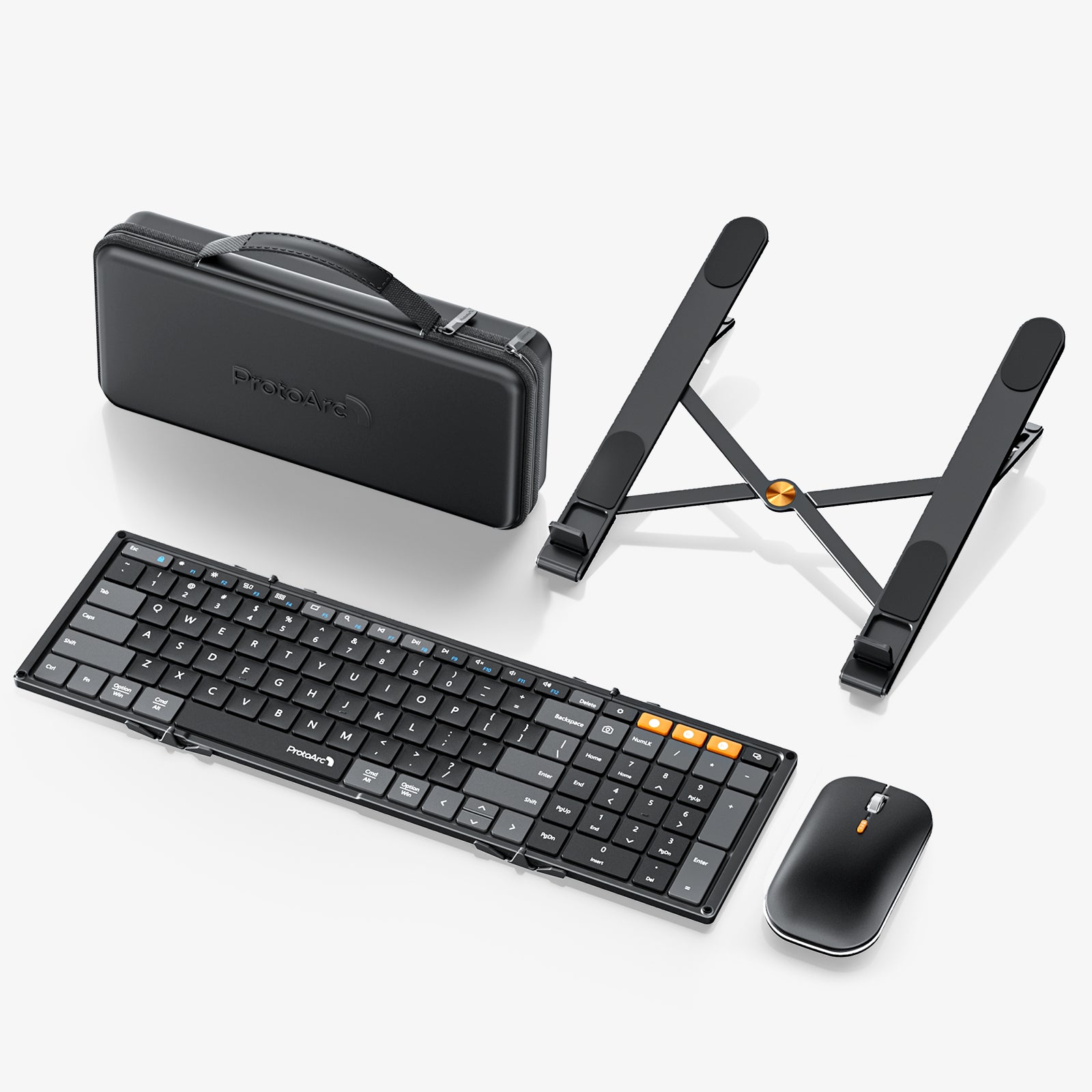Unlock Your Comfort: Discover How an Ergonomic Mouse Transforms Your Productivity!
In today's digital age, where many of us spend countless hours working on computers, the tools we use can significantly impact our comfort and productivity. One such tool that has gained popularity is the ergonomic mouse. Designed with the user’s comfort in mind, ergonomic mice aim to reduce the strain on our bodies that traditional mice can cause. As more people become aware of the connection between comfort and productivity, the demand for ergonomic solutions has skyrocketed. This article explores the effectiveness and benefits of using an ergonomic mouse, shedding light on how this simple switch can lead to a more productive and comfortable work experience.

Understanding Ergonomic Design
Ergonomic design refers to creating products that fit the human body and its cognitive abilities, enhancing user comfort and efficiency. In the context of computer peripherals, particularly mice, ergonomic design emphasizes the shape, size, and functionality to align with the natural posture of the hand and wrist. Traditional mice often force the hand into unnatural positions, leading to discomfort and potential injuries. In contrast, ergonomic mice are often contoured to support the hand's natural grip, allowing for a more relaxed wrist position. Features such as adjustable sensitivity and customizable buttons further enhance ergonomics, making these devices not just comfortable but also tailored to individual preferences. By understanding the principles of ergonomic design, users can appreciate how an ergonomic mouse can make a substantial difference in their daily computing tasks.
Benefits of Using an Ergonomic Mouse
The benefits of using an ergonomic mouse extend beyond mere comfort; they encompass physical health and overall productivity. One of the most significant advantages is improved posture. An ergonomic mouse encourages a neutral wrist position, reducing the risk of strain and discomfort during extended use. Unlike traditional mice that may require awkward hand movements, ergonomic alternatives promote a natural grip, alleviating pressure on the wrist and forearm. Additionally, users often report enhanced comfort during long sessions, which is crucial for anyone who spends most of their day at a computer. As a result, workers can stay focused and engaged without the distraction of discomfort, making the ergonomic mouse a vital tool for anyone seeking to improve their work experience.
Health Benefits
In the long run, the health benefits of using an ergonomic mouse are profound. Many users face the risk of developing repetitive strain injuries (RSIs) or other musculoskeletal disorders due to prolonged use of poorly designed mice. An ergonomic mouse can help mitigate these risks by promoting better wrist alignment and reducing muscle fatigue. For instance, a friend of mine, who transitioned to an ergonomic mouse after experiencing wrist pain, reported significant relief within weeks. She was able to return to her daily tasks without the nagging discomfort that had previously plagued her. Moreover, adopting ergonomic tools can lead to a reduction in healthcare costs associated with treating chronic pain and injuries, making them a wise investment for both individuals and employers.
Enhancing Productivity
Beyond comfort and health, an ergonomic mouse can significantly enhance productivity. When users experience reduced fatigue, they can maintain focus for extended periods, leading to improved efficiency in completing tasks. The intuitive design of ergonomic mice allows for smoother navigation and quicker access to functions, which can streamline workflows. A colleague of mine, who frequently works on graphic design projects, noted that switching to an ergonomic mouse made her more agile in her design tasks. This increased efficiency not only improved her output but also enhanced the quality of her work as she could dedicate more mental energy to creativity rather than battling discomfort.
Real-life Examples
Numerous studies and anecdotal evidence support the notion that ergonomic devices can boost productivity. Research indicates that users of ergonomic mice report lower levels of discomfort, which correlates with higher output and better overall job satisfaction. For instance, one study highlighted that employees using ergonomic mice showed a 15% increase in productivity compared to those using standard models. This aligns with my own experiences and those of friends who have made the switch; they often remark on how much more they can accomplish in a day when they’re not hindered by discomfort.
Transforming Comfort and Productivity
In summary, the effectiveness and benefits of using an ergonomic mouse are clear. From improved posture and reduced strain to enhanced productivity, switching to an ergonomic option can lead to a more comfortable and efficient work experience. As we spend more time in front of screens, investing in tools that promote our health and productivity is crucial. I encourage readers to evaluate their current mouse usage and consider the potential benefits of an ergonomic alternative. Making this simple change can transform not just your comfort, but your entire workflow.







